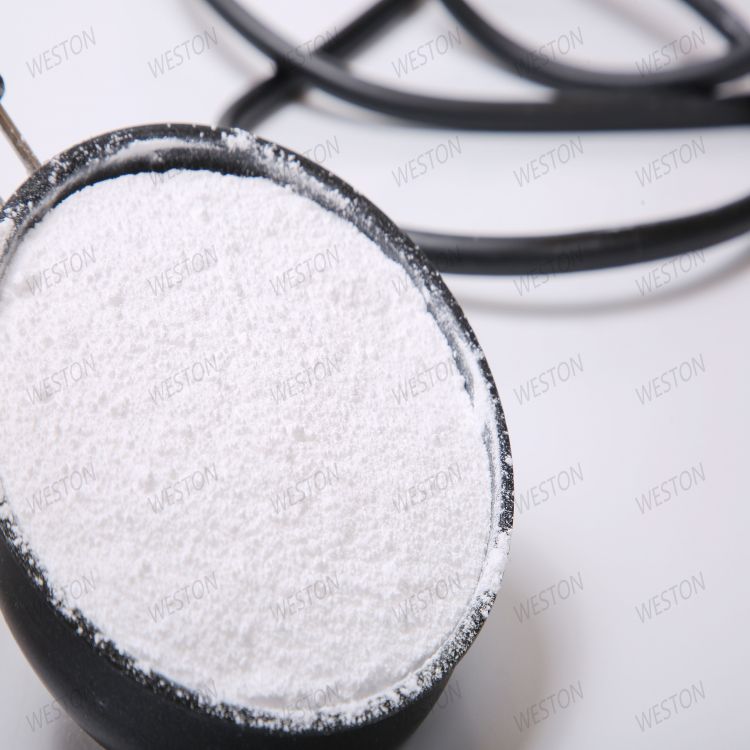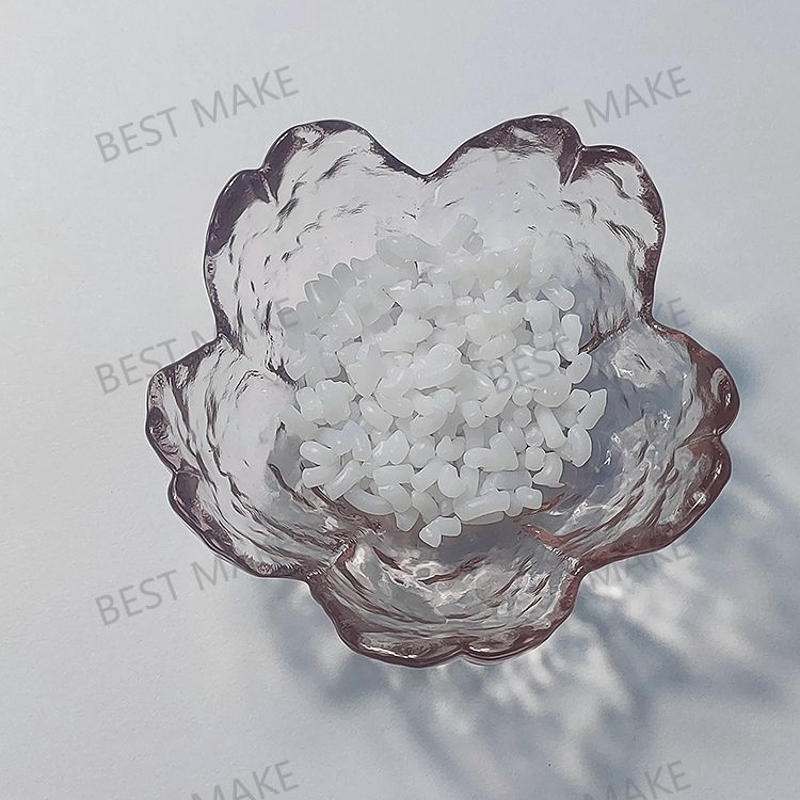-
Categories
-
Pharmaceutical Intermediates
-
Active Pharmaceutical Ingredients
-
Food Additives
- Industrial Coatings
- Agrochemicals
- Dyes and Pigments
- Surfactant
- Flavors and Fragrances
- Chemical Reagents
- Catalyst and Auxiliary
- Natural Products
- Inorganic Chemistry
-
Organic Chemistry
-
Biochemical Engineering
- Analytical Chemistry
- Cosmetic Ingredient
-
Pharmaceutical Intermediates
Promotion
ECHEMI Mall
Wholesale
Weekly Price
Exhibition
News
-
Trade Service
Warning—This section does not mention all safety issues related to the use of the standard
1 Scope
This section specifies the test methods for determining the content of carbonyl compounds in organic chemical products: spectrophotometry, volumetric method
This section applies to the determination of the content of carbonyl compounds in water-soluble and alcohol-soluble organic chemical products
2 Normative references
The clauses in the following legal documents become the clauses of this part after being quoted in this part
Preparation of GB/T501-2002 Standard Titration Solution for Chemical Reagents
Preparation of preparations and products used in GB/T603-2002 chemical reagent test methods (ISO 6353-1:1982, NEQ)
GB/T6682-2008 Analytical laboratory water specifications and test methods (eqv ISO 3696: 1987)
GB/T9725--2007 General Rules of Potentiometric Titration of Chemical Reagents
3 Safety and precautions
3.
3.
3.
4 Test method
4.
Unless otherwise specified, only reagents confirmed to be analytically pure and grade 3 water specified in GB/T6682-2008 are used in the analysis
The standard titration solutions, preparations and products used in the analysis shall be prepared in accordance with the provisions of GB/T601-2002 and GB/T603-2002 when other requirements are not specified
4.
4.
Sample carbonyl compound in an acidic medium is reacted with 2,4-dinitrophenylhydrazine to produce 2,4-dinitrophenyl hydrazone , 2,4-dinitrophenyl hydrazone and potassium reaction, generating significant For the red substance, measure the absorbance with a spectrophotometer at a wavelength of 480nm to obtain the carbonyl compound content
4.
4.
4.
The collected distillate (carbon-free methanol) should be clear, transparent and colorless, otherwise it should be distilled twice
.
4.
2.
2.
3 Potassium Oxygen Oxide Methanol Solution: 100g/L
Weigh 100g of potassium hydroxide, dissolve it in 200mL of water, and dilute to 1000mL with carbonyl-free methanol
.
4.
2.
2.
4 2,4-Dinitrophenylhydrazine solution: 1g/L
.
4.
2.
2.
5 Standard solution of carbonyl compound (calculated as CO): 2.
5mg/mL
Weigh (.
643g of 2-butanone and dissolve in about 50mL of base-free methanol, transfer to a 100mL volumetric flask, dilute to the mark with carbonyl-free methanol, and shake well
.
4.
2.
2.
6 Carbon-based compound standard solution (calculated as CO): 0.
25mg/mL
Pipette 10.
00ml.
carbonyl compound standard solution (4.
2.
2.
5), place it in a 100mL volumetric flask, dilute to the mark with carbonyl-free methanol, and shake well
.
Prepare this solution before use
.
4.
2.
3 Apparatus
Spectrophotometer: with a cuvette with an optical path of 1cm, the absorbance accuracy is ±0.
004(A)
.
4.
2.
4 Analysis steps
4.
2.
4.
1 Drawing of standard curve
4.
2.
4.
1.
1 Preparation of standard colorimetric solution
Pipette [0.
0 (compensation solution), 2.
0, 4.
0, 6.
0, 8.
0, 10.
0] mL of carbonyl compound standard solution (4.
2.
2.
6) into 6 100 mL volumetric flasks, dilute to the mark with carbonyl-free methanol, and shake Evenly
.
Each 2.
0 mL of this standard solution contains (0, 10, 20, 30, 40, 50) ug carbonyl compounds
.
4.
2.
4.
1.
2 Determination of absorbance
Pipette 2.
0mL standard colorimetric solution (4.
2.
4.
1.
1) into 6 25mL volumetric flasks, add 2.
0mL 2,4-dinitrophenylhydrazine solution to each, and stopper: react at room temperature (30±2 )min, dilute to the mark with potassium hydroxide -methanol solution, stopper and shake well, leave it for (12±1)min
.
Use a cuvette with a light path of 1 cm to adjust the zero point of the spectrophotometer with water at 480 nm to measure the absorbance of the above solution
.
4.
2.
4.
1.
3 Draw a standard curve
Subtract the absorbance of the compensation solution from the absorbance of the standard colorimetric solution as the ordinate, and use the mass (ug) of the carbonyl compound in the corresponding standard colorimetric solution as the abscissa to draw a standard curve
.







